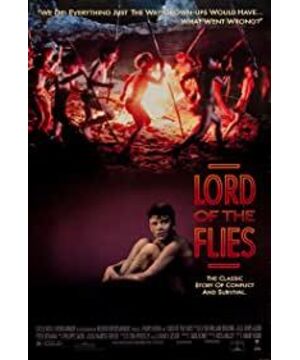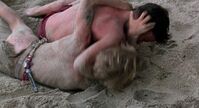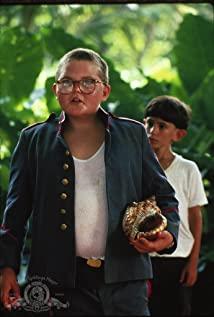Philosophers integrate human nature into the following three attributes in the sense that it is inherently indivisible. Namely:
1. The first layer of human nature: biological, biased towards evil;
2. The second layer of human nature: social, good and evil;
3. The third layer of human nature: spirituality, favoring kindness.
Evil at the biological level of humans is mainly manifested in the evil subconsciousness. At this level, everyone has the tendency to beggar neighbors and harm others for self-interest, that is, everyone naturally has the potential or tendency to do evil. As long as people lack external pressure in social life, this potential possibility will become a visible possibility, resulting in real evil consciousness and even evil behavior. This is what we often call the "original evil". Human social-level evils are mainly manifested as conscious evils, as well as behavioral evils, such as fraud, rape, theft, robbery, and murder.
In 1983, William Gelding was awarded the Nobel Prize for Literature. The Swedish Academy claimed that this was "because his novels clarified the human condition in the world today with clear and realistic narrative art and diverse myths of universal significance." This sentence accurately interprets the "Lord of the Flies". The artistic characteristic is the ingenious combination of realistic depiction and narrative and symbolic system. The novel typically represents people’s thoughts on human nature from that ancient disaster after the war. It aims to call for the "tragic facts of human cruelty and greed" and to heal "human ignorance of self-nature." Establish sufficient awareness of the prevention of human evil.
The civilized and barbaric struggle between minors that took place on the Pacific island cannot be considered virtual and meaningless. It is a deduction of human history, and will continue to be deduced in the future.
View more about Lord of the Flies reviews











